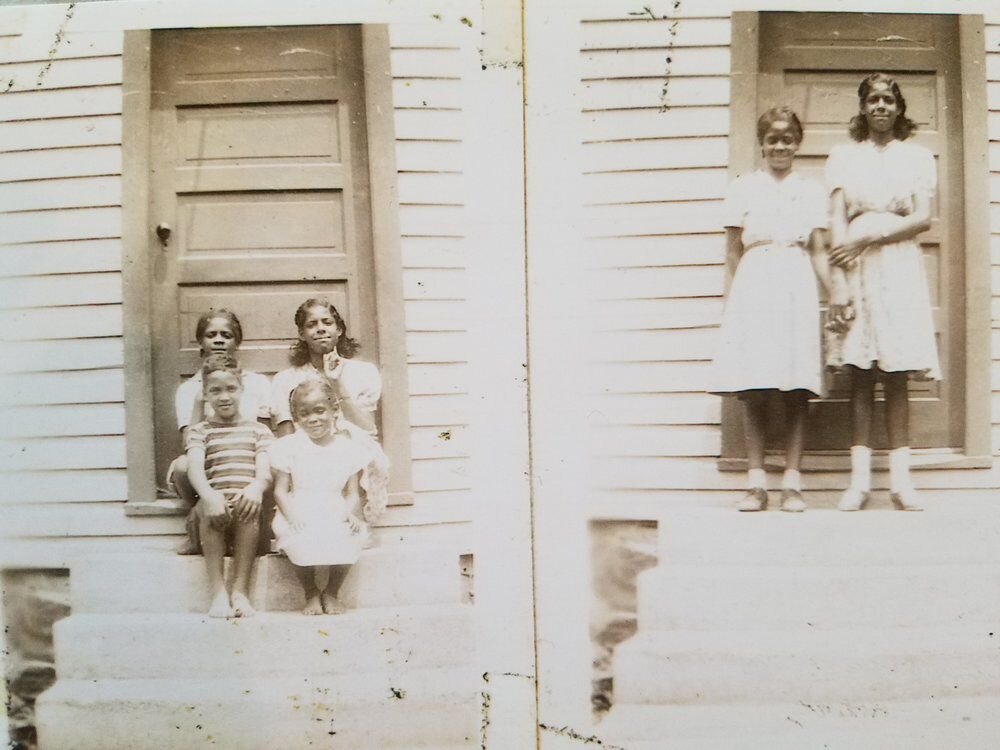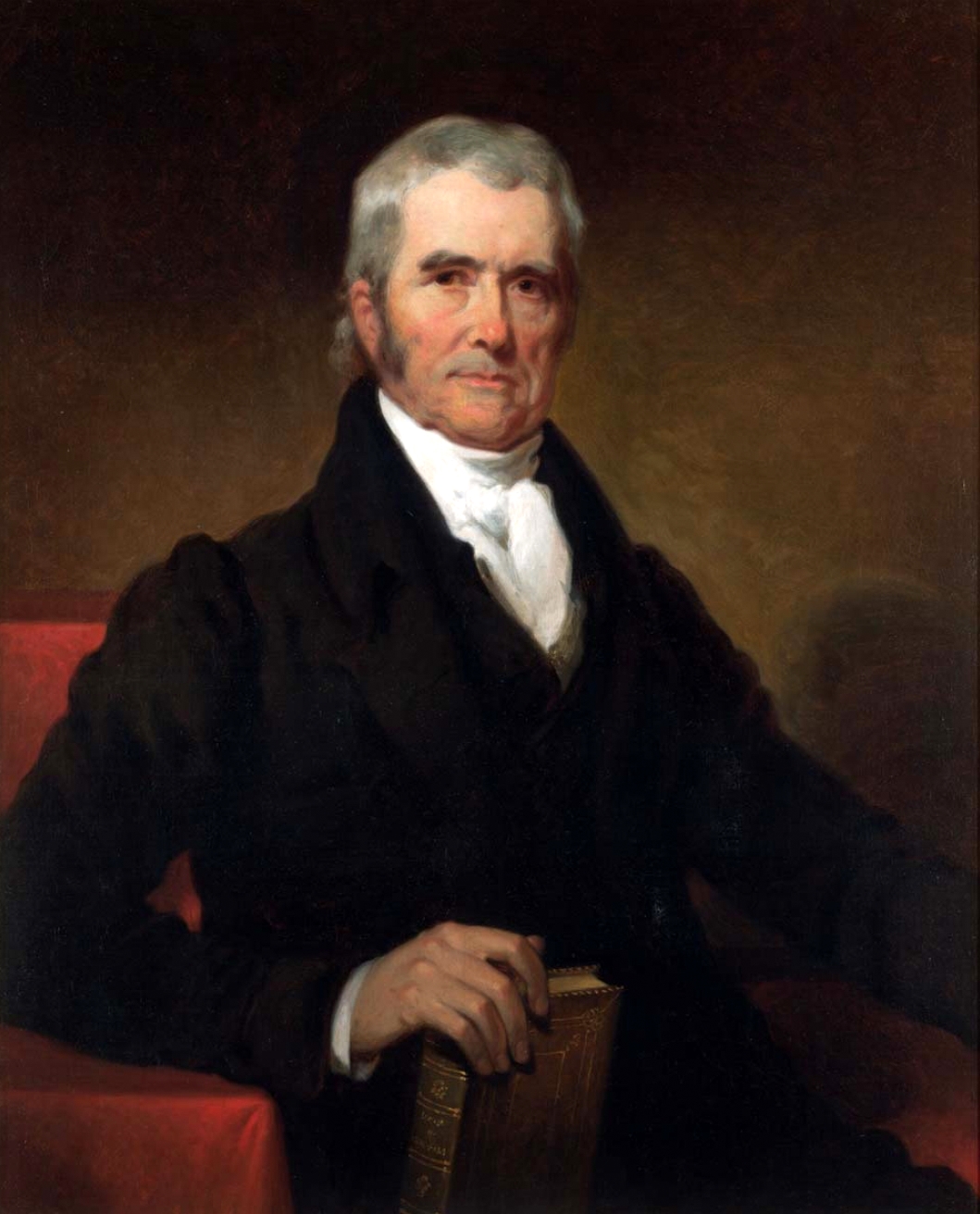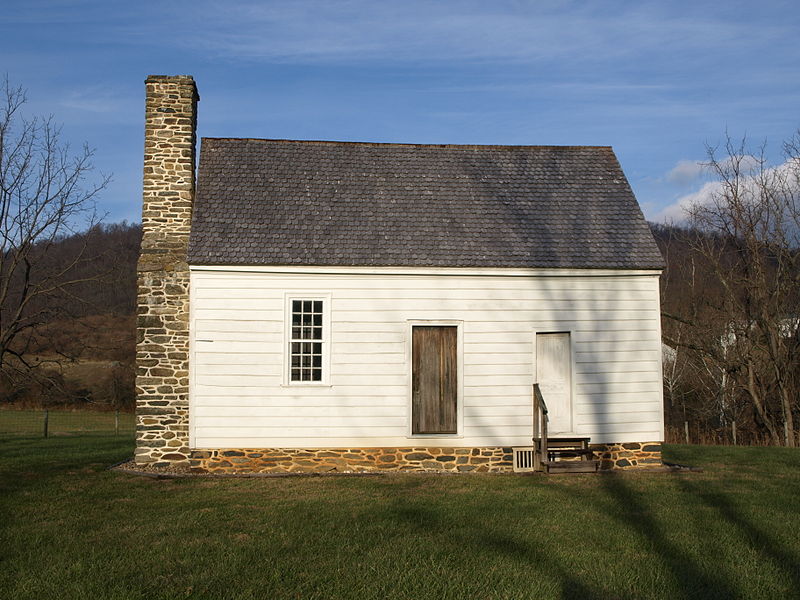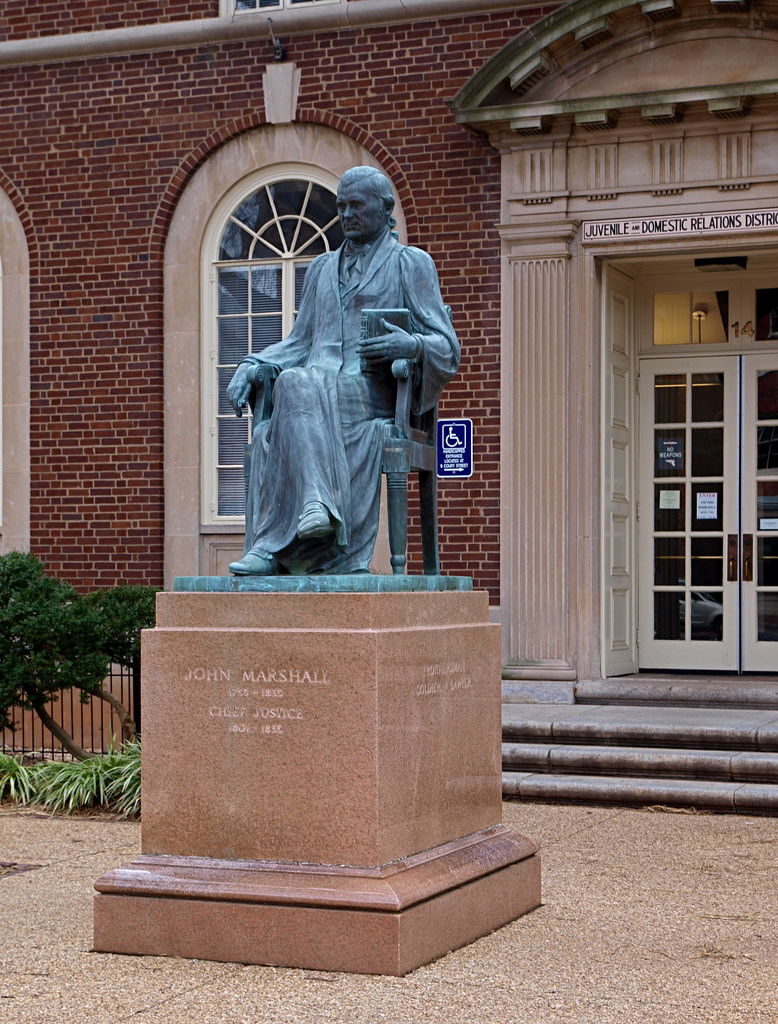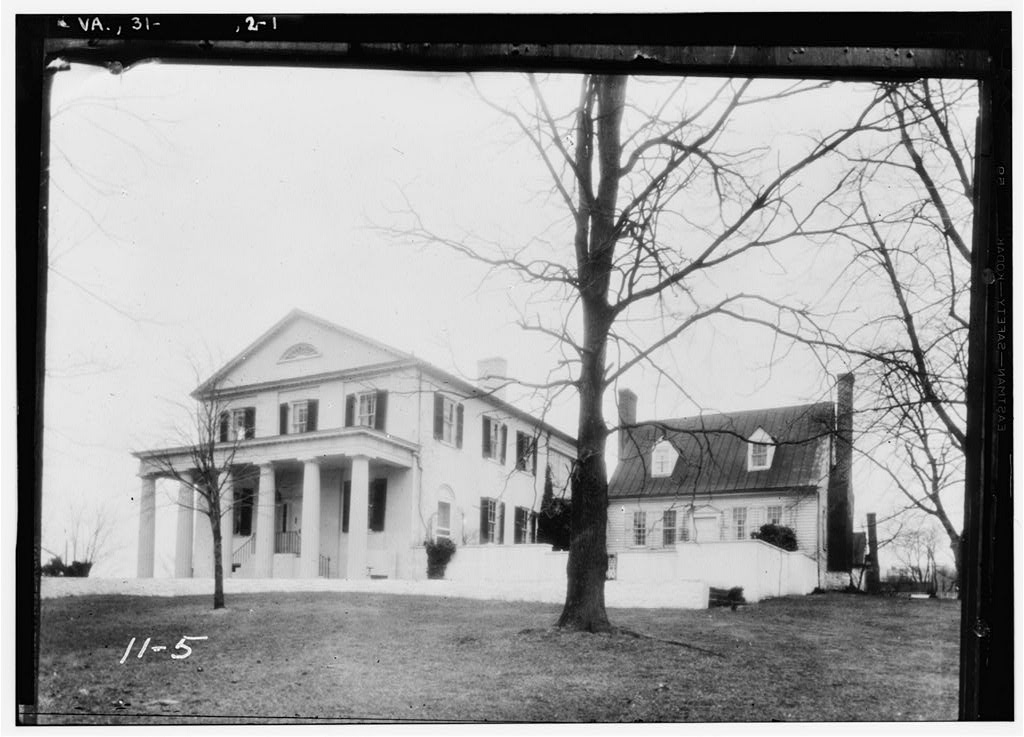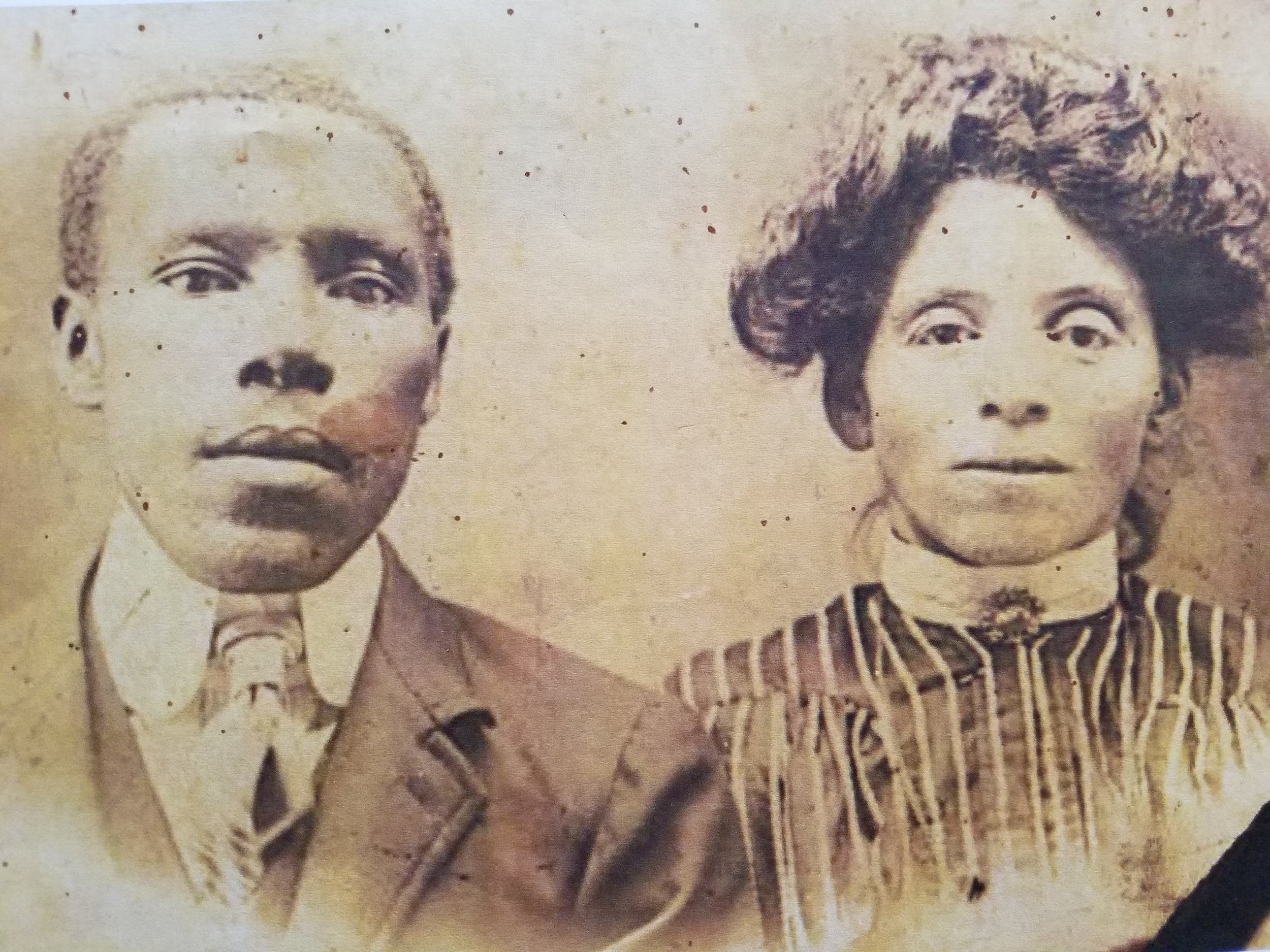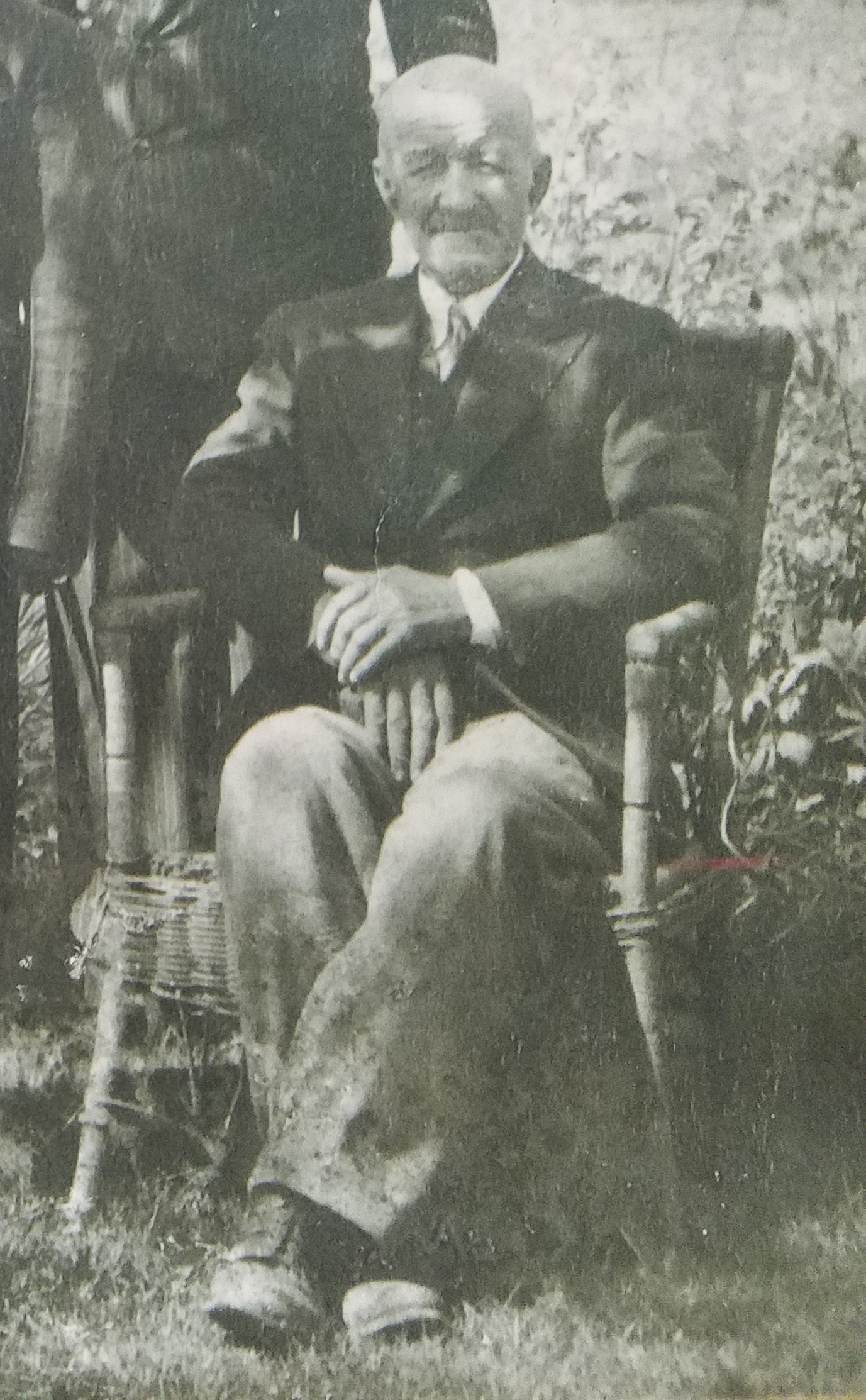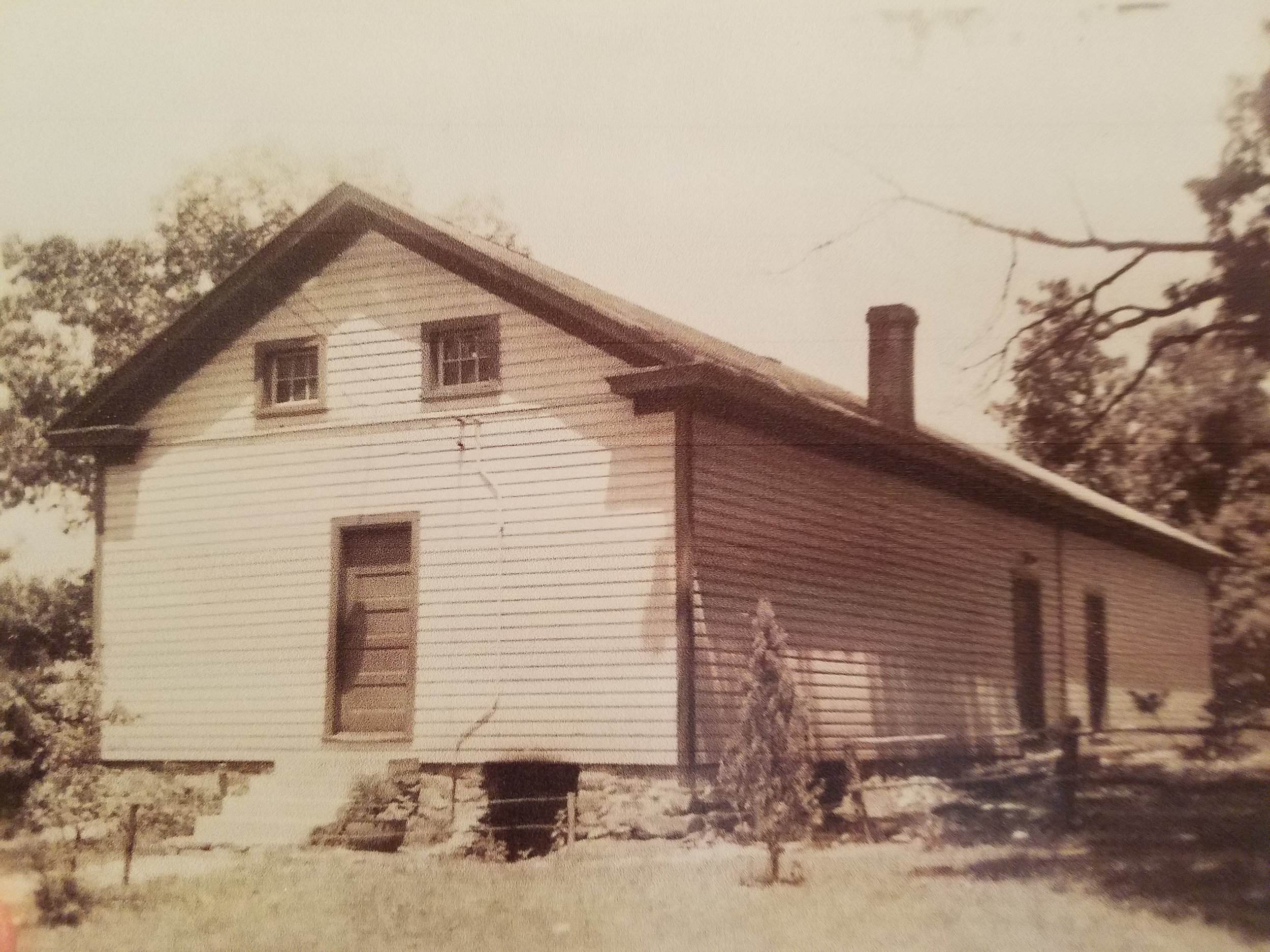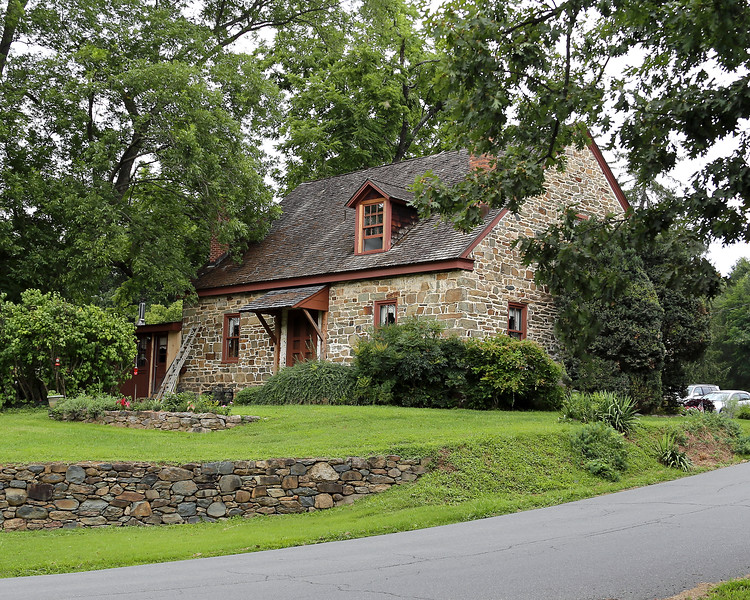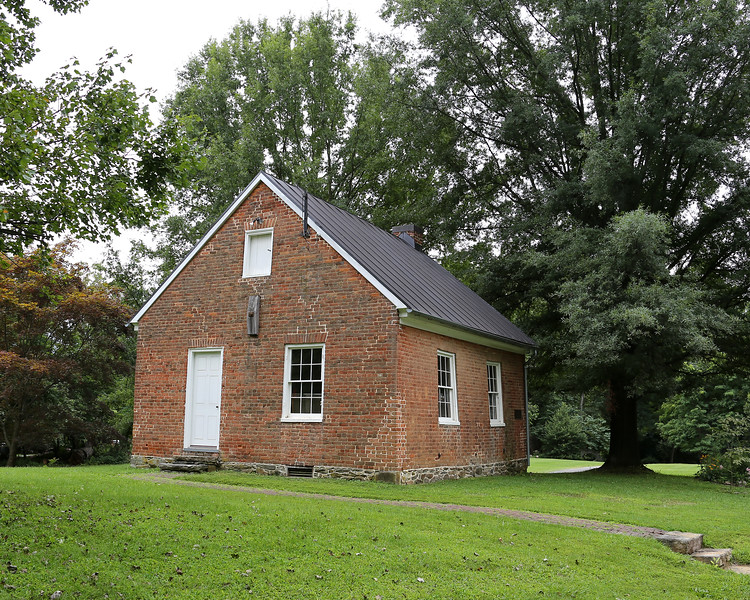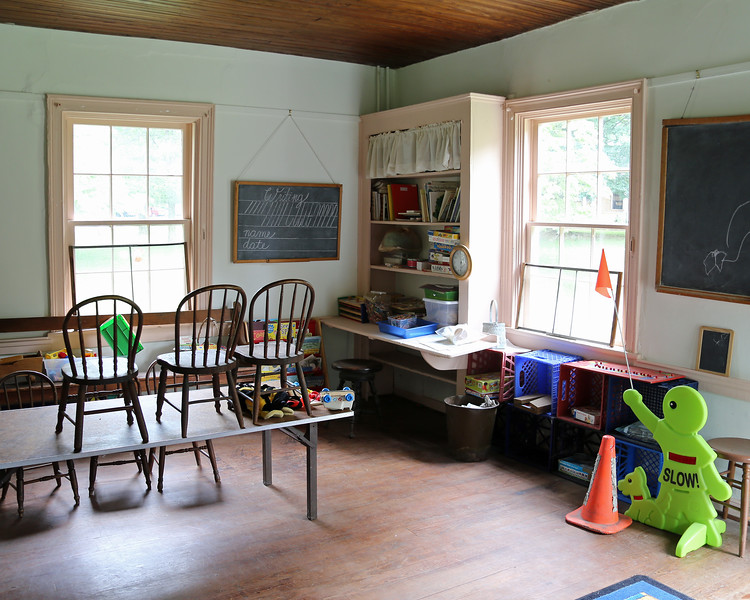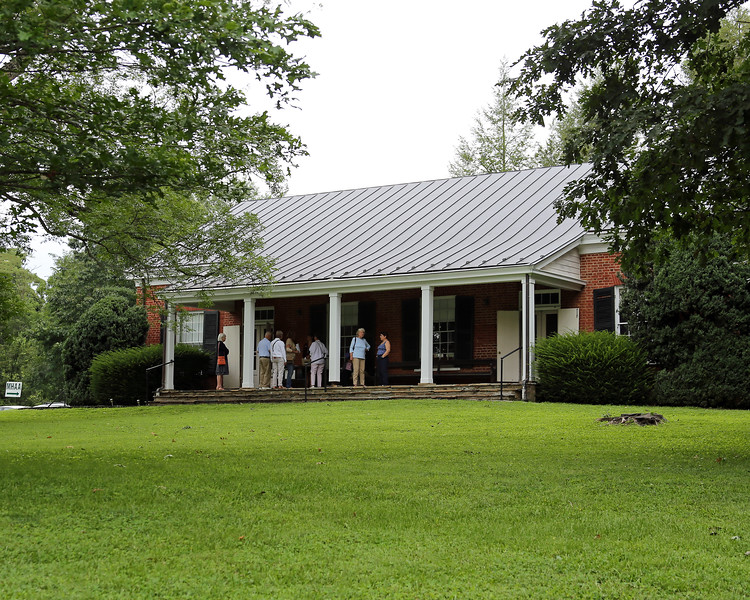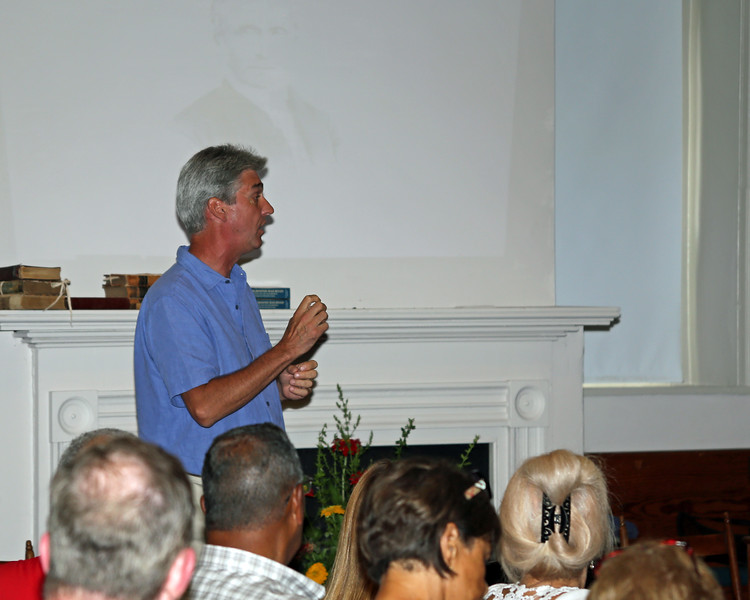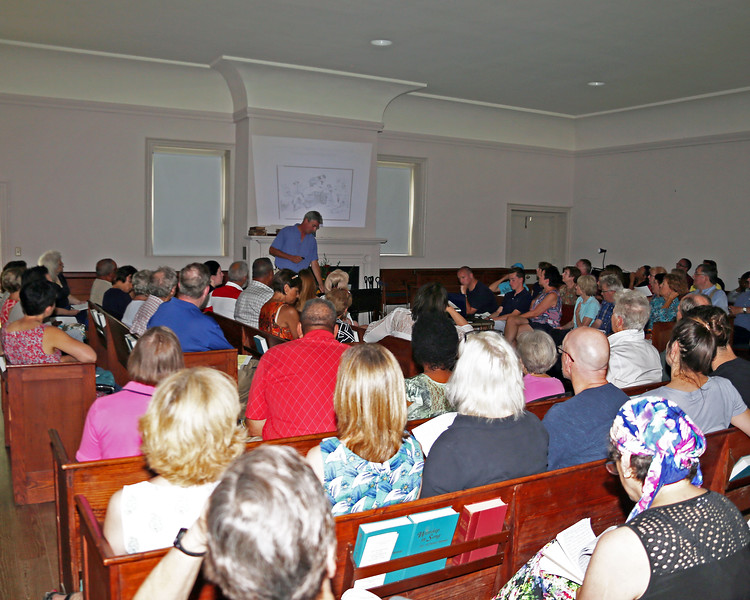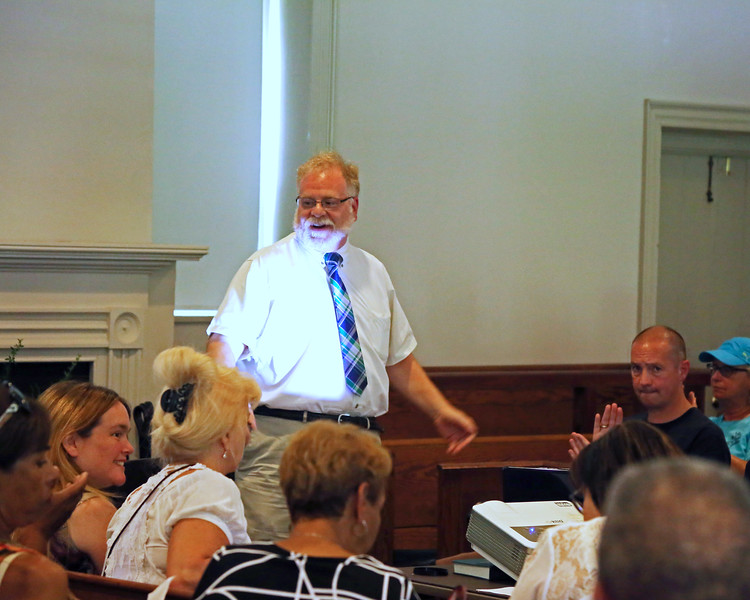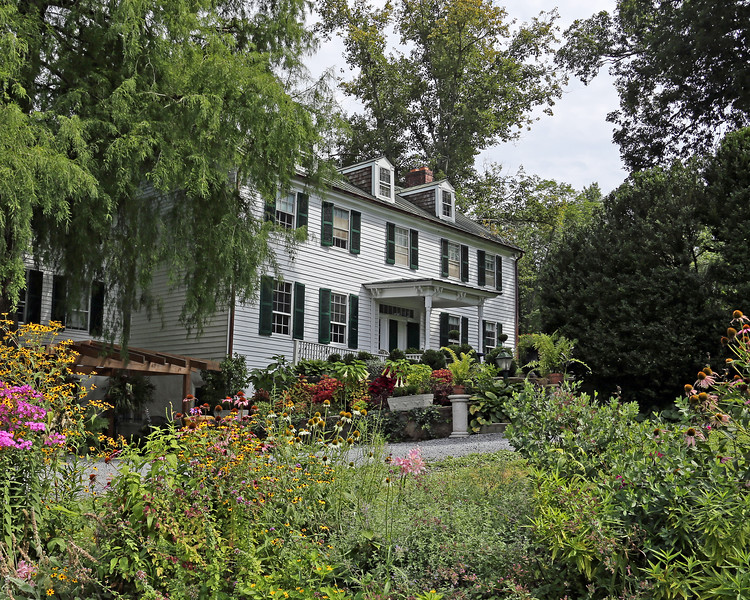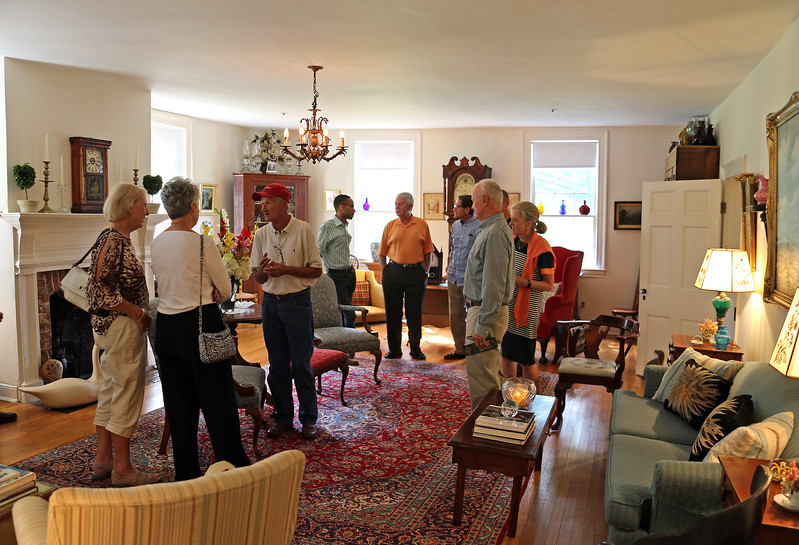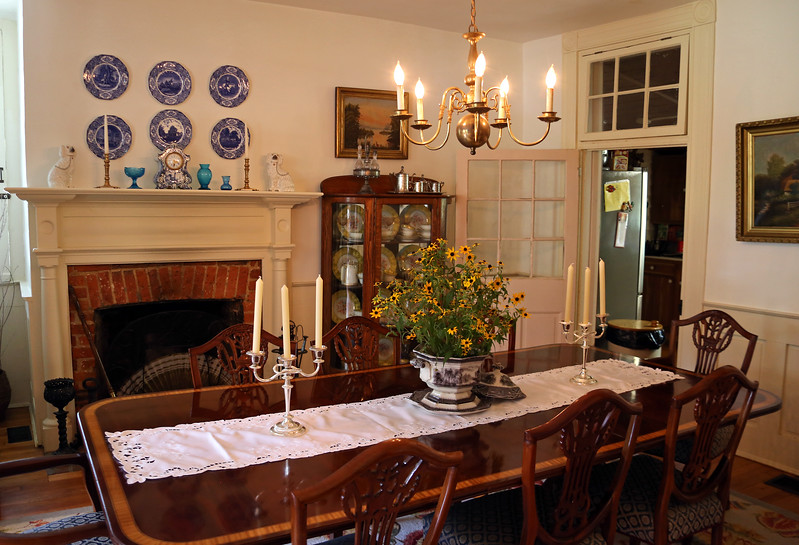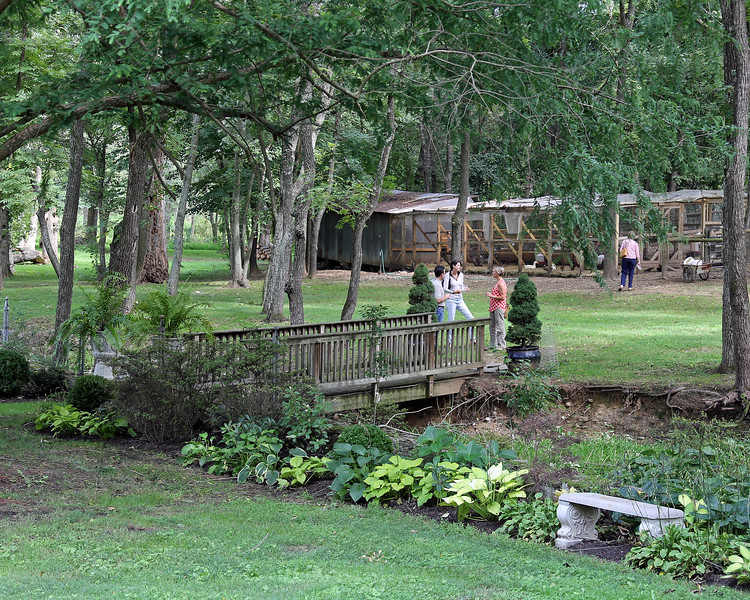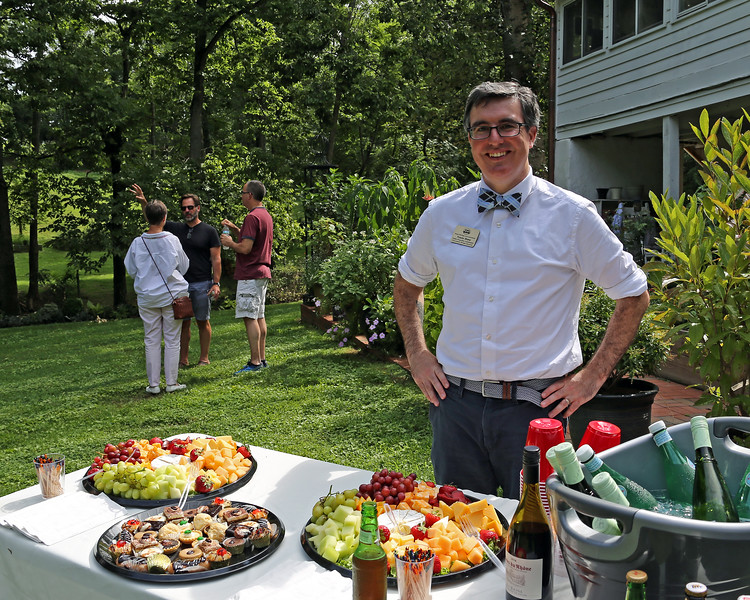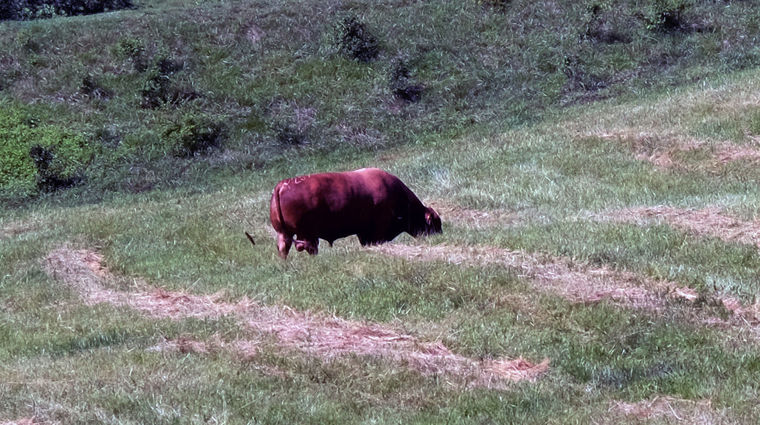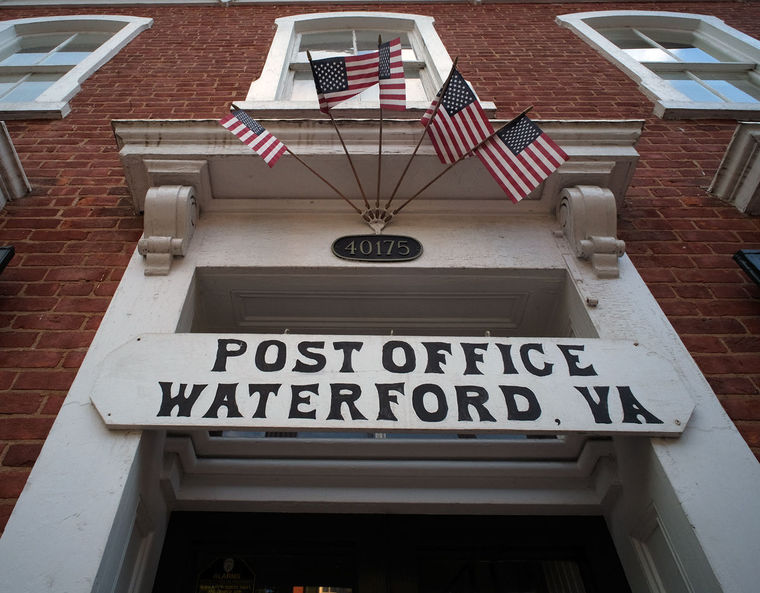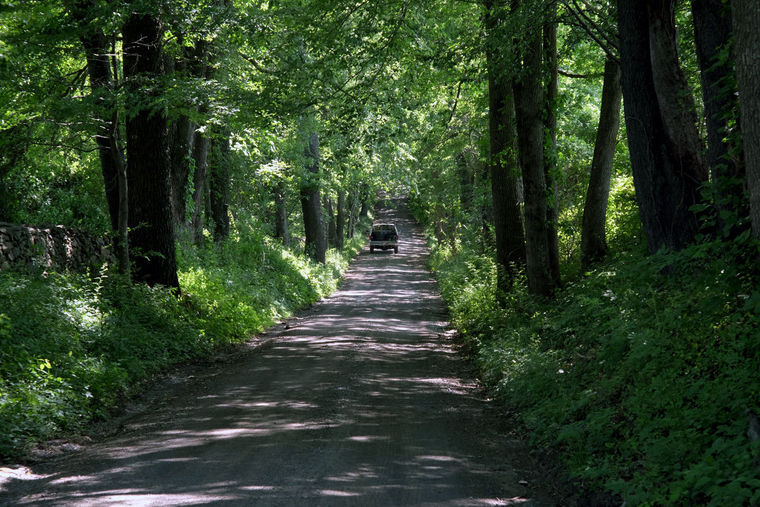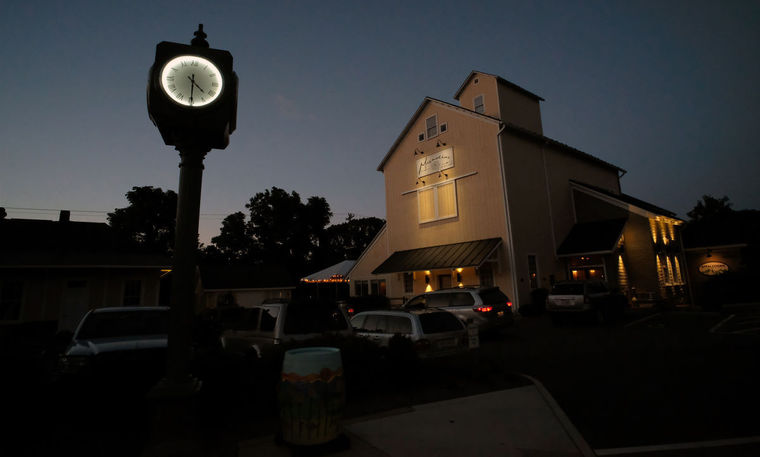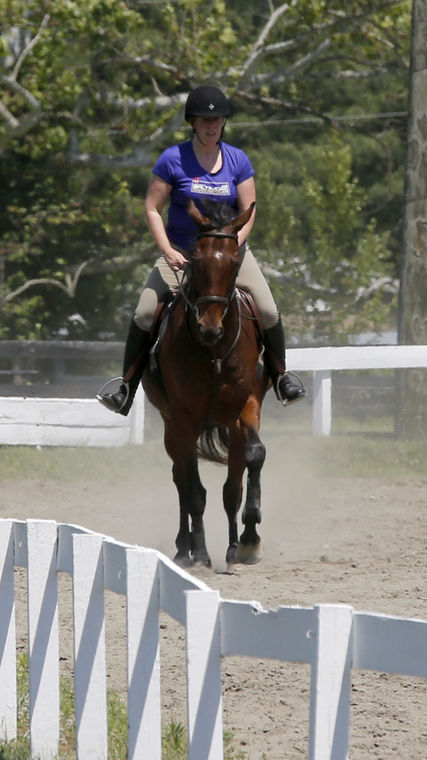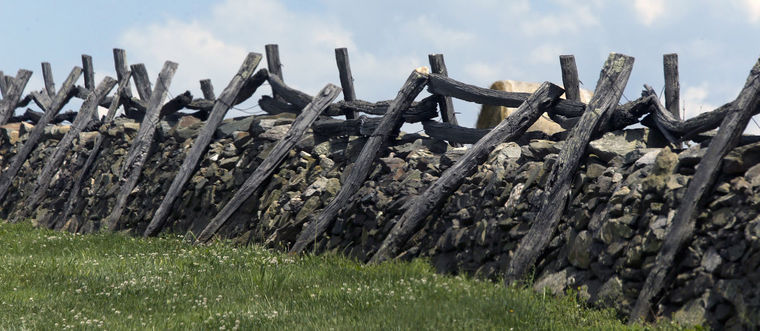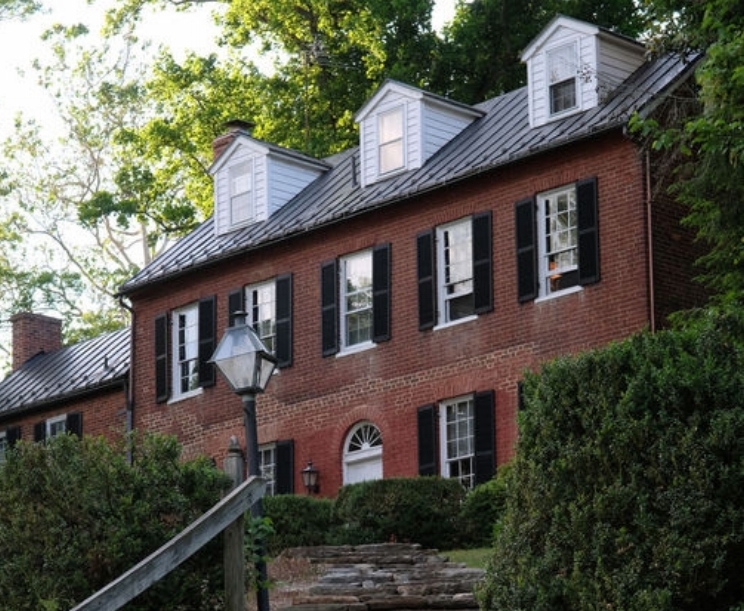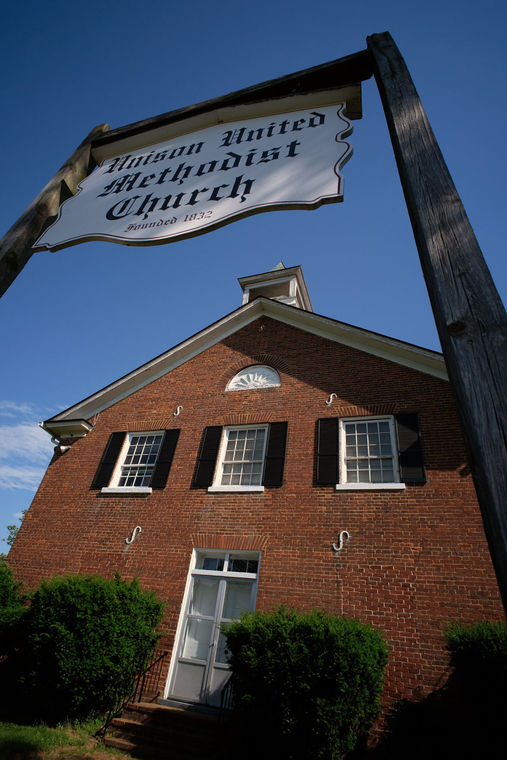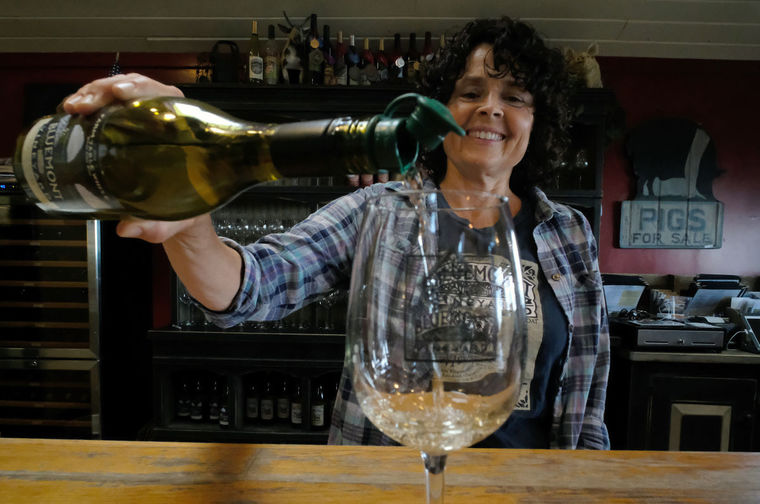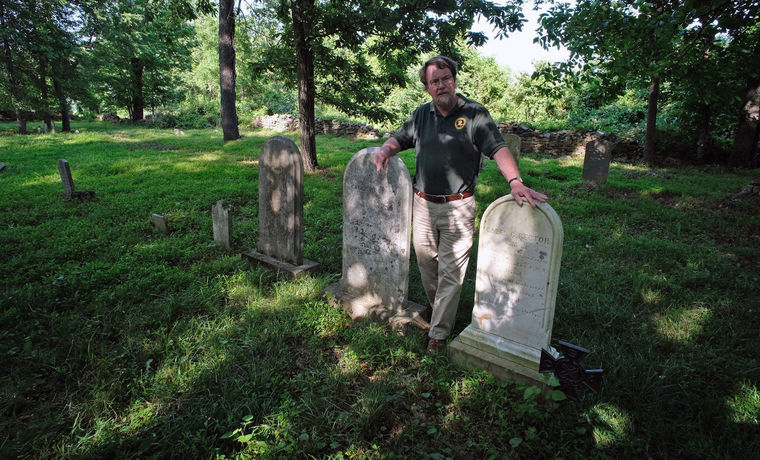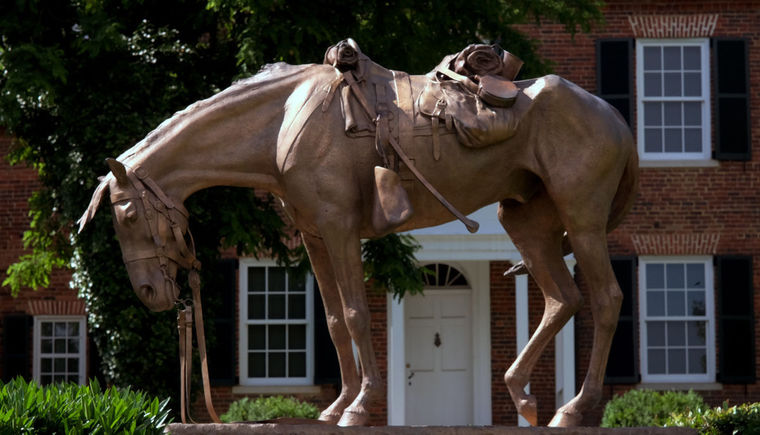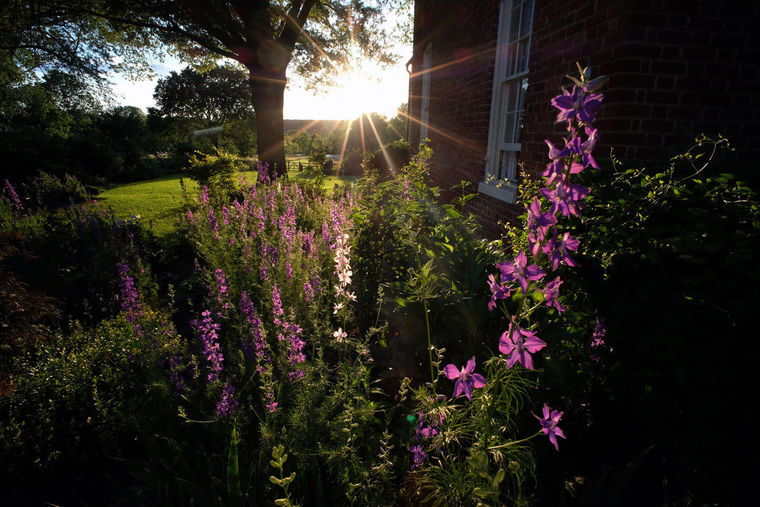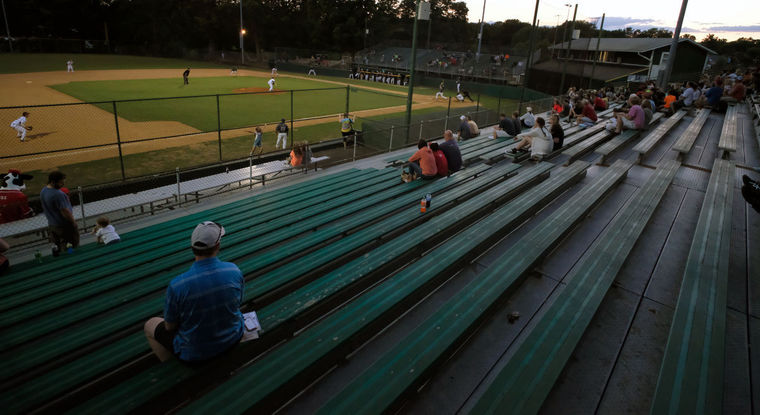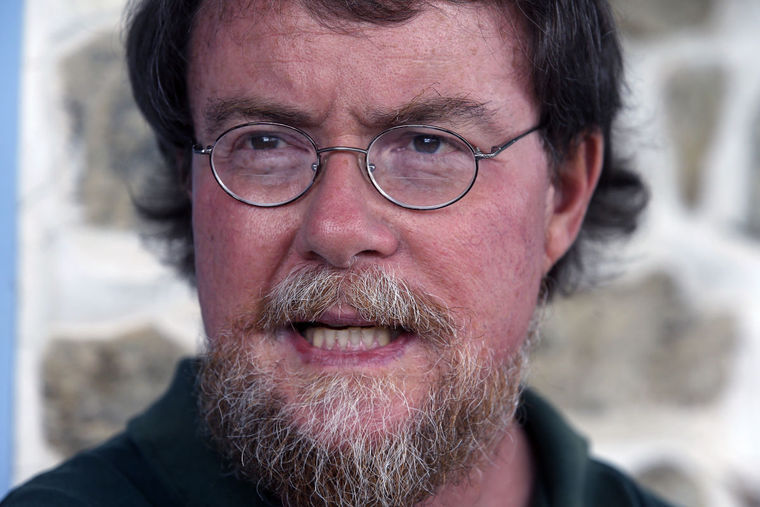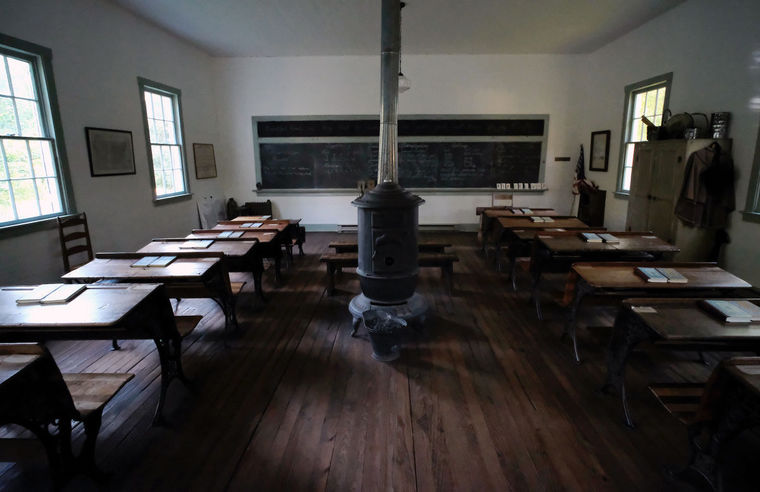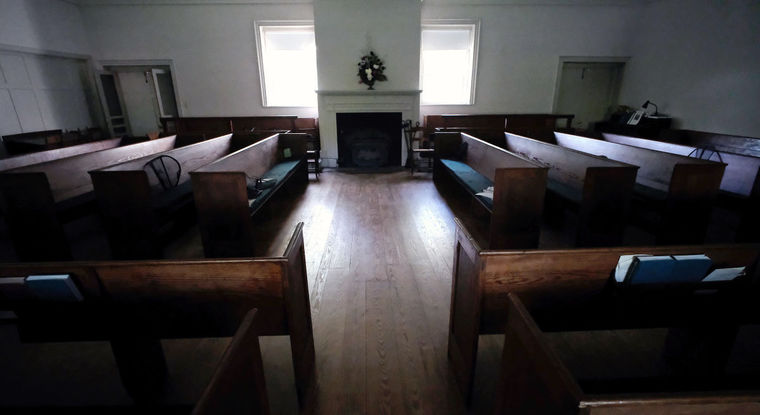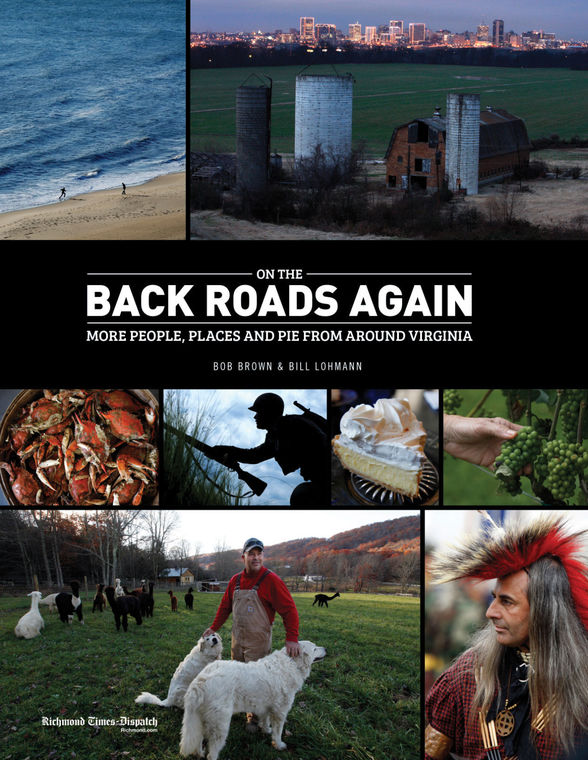Balancing Preservation and Practicality: Maintaining Our Historic Rural Roads in the 21st Century By Jane Covington
Although the decision to pave a road is presented as a simple yes or no answer, it’s a decision that comes with a host of complex issues, making the right solution difficult to uncover.
There are well-reasoned arguments on both sides for pave / don’t pave. It’s also an active topic for this community with an impending Board vote on September 13th. As such, it is important that all Loudoun County citizens have the information to make the right decision and the tools to keep our rural roads functioning in a condition that our citizens deserve.
Balancing preservation and practicality has a number of important aspects to consider:
1. Practicality: Of utmost importance, all of us are deeply committed to ensuring the gravel roads are safe and efficient. This in itself is a challenge – performance in the 21st century for a 200-year-old landmark is a big ask. This means accommodating commuters, soccer moms, school buses, emergency vehicles, and the ever-present Amazon delivery truck.
2. Preservation: Preservation means not only preserving two centuries of Loudoun’s history, but also involves protecting the intangible aspects of the gravel roads, such as the recreational and agricultural activities that happen along a gravel road and the intrinsic role the roads play in making western Loudoun unique. In losing the gravel roads, we lose one more part of our rural landscape.
Typically in Loudoun, improving a gravel road means paving. However, with paving comes a host of associated issues that should also be brought forward into the public discussion. Paving increases speed and traffic volumes, increases crash hazards, and reduces the chances of other rural actives taking place along the road – such as fat tire bike rides, long hikes, agricultural pursuits, equestrian activities, chances of neighbor meeting neighbor – or any other rural activity that spontaneously happens along a gravel road.
In order to come to a reasonable solution, it’s important that we broaden the decision-making context for our elected leaders. And citizens need a wider array of options for ‘improvement.’ VDOT needs the proper methods, correctly specified materials, and funding in the right places to produce a better driving surface. The right solution takes input from all of us.
Through our work, we have identified six priority areas, which can happen now, that are needed to balance preservation and practicality:
1. There is the need for a more transparent and technical approach for when a road is to be paved.
Often the process of allocating public funding to paving is a response to a particularly well-motivated group or an influential individual. Or, the process is brought about by polling the residents of a particular road. And sometimes the process happens without broad citizen awareness. In the case of Old Wheatland Road, for example, the process was brought about by a combination of all of these factors.
An improved technical and transparent approach is warranted. Such an approach might involve a set of objective criteria such as the physical condition of the road, current and future traffic volumes, safety concerns and crash data, historic significance, recreational uses, evaluation of political influence, cost to maintain vs. cost to pave, and so on.
At the local level, Loudoun’s Supervisors have approved the development of criteria for prioritization of gravel roads – in other words, a scoring system. This effort was initiated by staff but never completed, and we hope this sound vision is one day actualized.
At the state level, we understand that VDOT’s Research Council is now beginning to consider how to develop a true gravel roads management system, which can be used to determine which roads might be paved or what else might be appropriate, such as improving drainage, rebuilding the driving surface, and other alternatives to paving. VDOT’s innovation is critical to improving the performance of our gravel roads and we are grateful for their work.
2. Need for more nuanced solutions other than pave / don’t pave.
Currently, the question of gravel road improvement is presented as a binary solution: pave / don’t pave. However, VDOT’s recent work along Old Waterford Road demonstrates that there is a broad array of solutions to allow an old gravel road to perform to 21st century standards.
VDOT’s work along Old Waterford was masterful and used existing specified materials and methods. There, VDOT demonstrated improvements in drainage; road contouring; creative design; repair of roadside ditches; managing roadside vegetation, improving crowning and sloping of road surfaces; using higher quality surface materials; and rolling gravel surfaces. All of this thoughtful work made a huge difference. There is the argument that the project was too expensive; however, much of the cost of road improvement was allocated to deferred road maintenance, which was needed, whether the road remained gravel or was paved.
Based on the work at Old Waterford, we know the solution is broader than pave / don’t pave – there is an array of options of how to improve a gravel road. These solutions should be presented for public discussion before arriving at a pave / don’t pave decision. For example, the work at Old Waterford proves there is a third option.
3. There is a need for more informed citizen engagement and a broader audience than just those who live along the portion of gravel road to be paved.
Paving has implications beyond the immediate road to be paved and therefore the impact on the surrounding landscape and residents needs to be considered.
In the past, outreach to citizens before a paving project starts has been limited. Recently, the County initiated a ballot voting program, which we very much appreciate. However, there can be improvements. We suggest sending the ballot to all neighbors who will be affected by paving– not just those living along the area to be paved. When a gravel road is paved, the impacted area is wide – affecting not just those along the stretch of new pavement – but also those nearby who will feel the effects of increased speed and traffic volume, just as the village of Waterford experienced when Milltown Road was paved.
Citizen outreach should be broad and inclusive.
In addition, when the pave/ don’t pave ballot is sent, there could be the inclusion of broader considerations beyond the two options. For one, we just identified the third choice of ‘please improve my gravel road.’ There could also be the broader discussion of the historic significance of the road, discussion of the nuances of what will be lost if the road is paved, discussion of the impact of increased cut-through and commuter traffic, and discussion of how to manage increased speeds along the road.
All impacts of paving should be considered before making decisions.
4. There is a need for better gravel road maintenance including the need for appropriately specified materials and proper methods.
VDOT is doing a great job with what they have, but their work can be made easier and more efficient with appropriately specified gravel road materials and best practice methods.
For materials: Currently VDOT uses a gravel called 21A, a typical construction gravel. 21A gravel is a soft stone, which under pressure from tires, turns to dust. In addition, lack of sufficient standards leads to improper balance of stones and fines, which means the gravel doesn’t compact enough to produce a durable surface. When applied properly and rolled, 21A will do very well. VDOT could incorporate rolling as a specified method for maintaining a gravel road or could find a substitute for 21A. VDOT has tested superior aggregates in Loudoun, obtaining excellent results. We need to see this good work continue.
For methods: There is also the need to consistently utilize best practice methods – proper ditching, grading, cleaning culverts, and rolling. As we saw with Old Waterford, best practices make a huge difference.
5. There is a need for continued communication between citizens, elected leaders and VDOT.
We deeply appreciate the partnership we have developed with VDOT. We are indebted to our County leaders who listen and act. We are grateful for the financial support allocated to this project at the State level from Delegate Reid. And we thank those citizens who write petitions, form advocacy groups, and make their voices heard at public meetings. Without this three-way partnership, progress and preservation of our gravel roads would not be possible.
6. There is the need for additional consideration when making funding allocations.
This self-evident but warrants discussion. One, there is the need for re-alignment between funding allocated to capital projects and maintenance expenditures. And two, there needs to be the full understanding that the Secondary Road funding, allocated to localities from the State, doesn’t necessarily have to go towards paving, but can go to gravel road infrastructure improvement such as proper drainage and surface treatments.
Conclusion: We know there is a better way to address these real problems and to utilize public funds more effectively. These decisions change the character of the road forever - we need to make decisions in a way that properly assesses the physical condition of the roads; provides for maximum safety; takes into consideration the intangible aspects of the road such as recreational value and history; and provides a cost-efficient solution.
Solving gravel road problems doesn’t necessarily mean paving. We are working hard to change the binary choice of “pave or don’t pave” to an array of options to satisfy citizens, while keeping the gravel roads gravel and enjoying a driving surface that performs to 21st century standards.
Jane Covington has been involved in the field of historic preservation for over 30 years and is committed to the protection of Loudoun County and its unique architectural heritage and rural landscape. Jane holds a B. A. from the University of Virginia, M. S. from Columbia University in New York, and M. B. A. from the Darden School of Business and has worked both domestically and internationally from New York, New York to Zanzibar, Tanzania.












